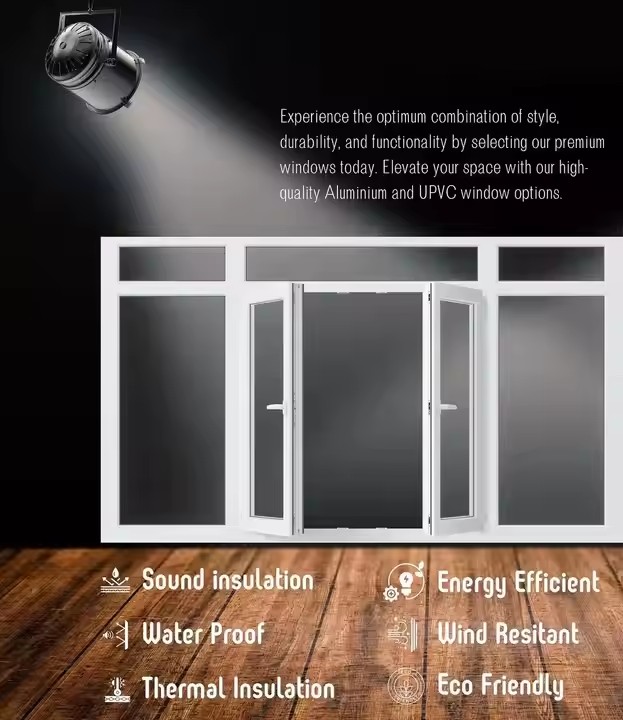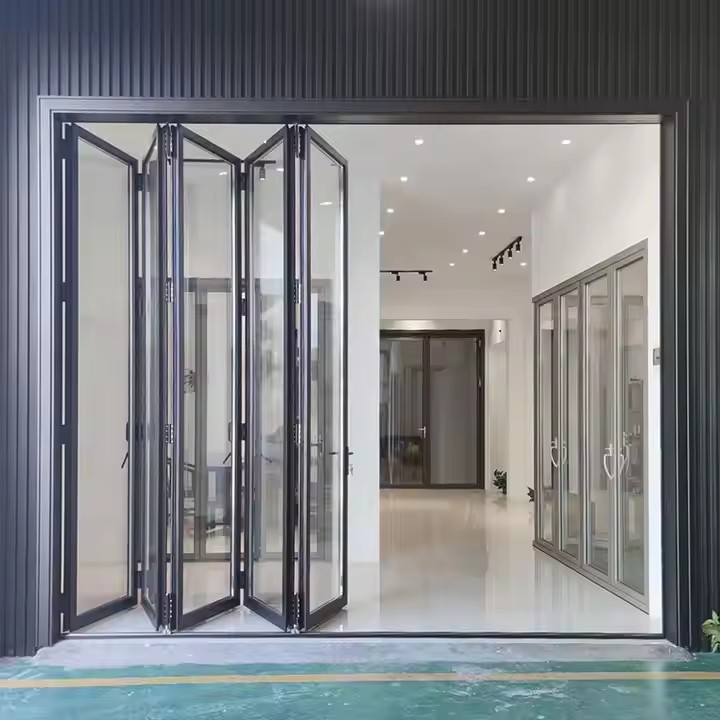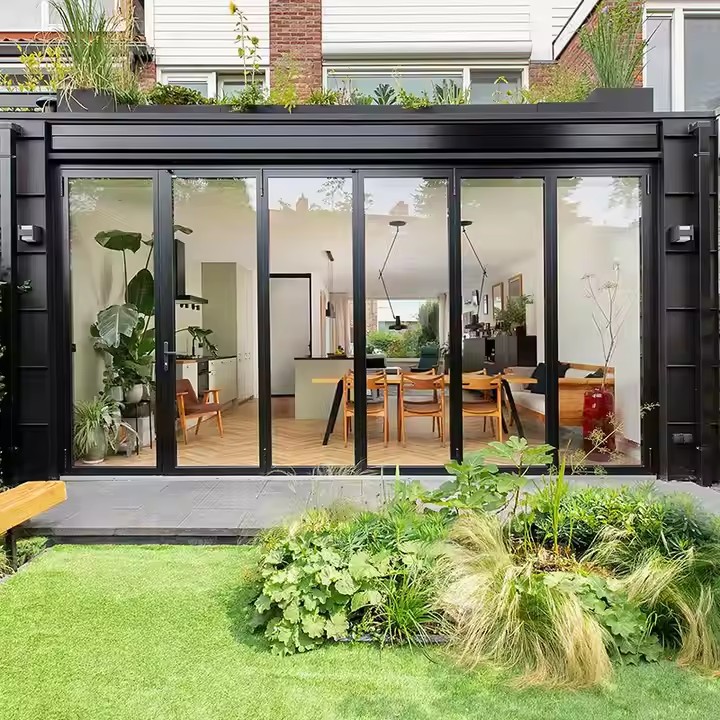The Australian door and window market is vast, but to expand brand recognition, collaboration with well-known enterprises in the market is necessary. This could mean co-branding with furniture brands or partnering with major real estate companies. Such collaborations help sliding door brands achieve broader market awareness.
Co-Branding Strategic Framework: From Goal Setting to Partner Selection
For Australian sliding door brands, co-branding must start with a clear strategic framework to avoid the trap of “collaborating for the sake of collaboration.” Based on local market needs, co-branding goals generally fall into three categories: technology empowerment, channel expansion, and brand elevation.
Technology Empowerment Partnerships focus on solving industry pain points. A typical case is Anthony Innovations’ partnership with Darley Aluminium to develop the Traxtar™ Quad heavy-duty sliding door roller system. Targeting large-span glass panels common in Australia (often exceeding 100kg per panel), the 150kg load-bearing design and low-friction technology addressed problems of jamming and frequent damage seen in traditional rollers. This solution was applied in the Sorrento Beachfront Residence in Victoria, delivering a “seamless indoor-outdoor transition” user experience. The core value of such partnerships lies in transforming complementary technologies into standardized solutions. Partner selection should prioritize companies with core patents and compliance with Australian building standards, such as aluminum profile system suppliers like Darley or smart motor brands like Somfy.

Channel Expansion Partnerships target large-scale implementation. The RSL club network is a prime example. In the Petersham RSL project, Style Windows chose Darley’s City View sliding doors not only for their compliance with AS 2047 energy efficiency and 35RW acoustic rating (capable of blocking nearby railway noise), but also for Darley’s comprehensive service capabilities as a local family-owned enterprise. These included technical manuals, installation training, and even digital tools like quoting software. Such “end-to-end support” enabled quick adaptation to RSL club renovation needs. Referring to the NSWRL (New South Wales Rugby League) authorized supplier framework, sliding door brands wishing to enter institutional procurement lists must meet conditions such as “three-year authorization, standardized pricing, and logo usage rights.” This requires co-branding partners to maintain stable production capacity and strict quality compliance systems.
Brand Elevation Partnerships emphasize cultural value and design aesthetics. The rising trend of Indigenous art collaborations in Australia offers inspiration. For example, homeware brand Koh Living collaborates with Indigenous artists to incorporate traditional motifs into product design, aligning with multicultural identity while creating differentiated advantages. Sliding door brands could adopt a similar model by co-developing limited-edition products with architecture firms or artists—for instance, using dot painting elements on glass panels or collaborating with design studios like Cplusc. The Canada Bay House project illustrates how sliding doors combined with frosted glass and timber frames create living spaces with “adjustable privacy and light.” Partner selection in this category must focus on cultural alignment to avoid cultural appropriation controversies, while ensuring design changes do not compromise structural safety and performance standards.
Co-Branding Implementation Pathway: From Technical Co-Creation to Market Application
Technical co-creation is the core of Australian sliding door co-branding. Its uniqueness lies in the “dual verification” requirement of passing local standard certifications—both for the product’s own performance specifications (e.g., AS/NZS 4420 door and window performance standards) and for compatibility with the co-branding partner’s systems. Somfy’s Retail Expert Partnership Program provides a mature model for smart sliding door collaborations: beyond motor technology training, it offers standardized interface protocols and installation guidelines to ensure compatibility with different sliding door brands. More importantly, Somfy supports co-brands with a “global ambassador network,” providing digital marketing tools and lead generation support. This dual support—technology + operations—enables co-branded products to quickly establish a reputation for being “smart and reliable.”

During product development, co-branding partners should jointly draft a Technical Specification Document defining key parameters and testing standards. For example, in coastal corrosion-resistant sliding doors, if partnering with stainless steel hardware suppliers, specifications should note: components must use 316L stainless steel (salt spray resistance), sealing gaskets must comply with AS 4020 weather resistance, and the overall structure must pass AS/NZS 1170.2 wind load testing (coastal regions often require ≥0.7kPa wind pressure resistance). The success of the Petersham RSL project largely stemmed from early agreement between Style Windows and Darley on a “single/double-glass compatible frame + acoustic sealing design,” ensuring suitability for both apartment energy requirements and RSL club public space needs.
Scenario-based application is the key to turning co-branding into market value. Australian demand shows strong regional characteristics: Sydney and Melbourne (coastal cities) emphasize salt spray and wind resistance, while Perth (inland) prioritizes insulation and sun protection. Co-branded products must highlight differentiated selling points for these scenarios—for instance, collaborating with shading system brands to develop an integrated “sliding door + smart shading” solution. Embedding adjustable blinds within glass layers not only meets Green Star green building certification requirements but also addresses West Australia’s summer heat (often exceeding 40°C).
In commercial scenarios, co-branding partners can jointly build “reference project libraries.” For example, in chain hotels and shopping centers, demonstration zones can be set up with live displays + data dashboards showcasing wind load ratings, energy efficiency indicators, and acoustic performance—providing potential clients with intuitive evidence of product reliability.

